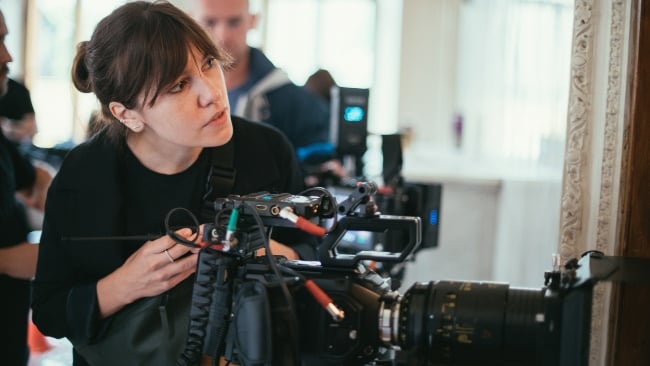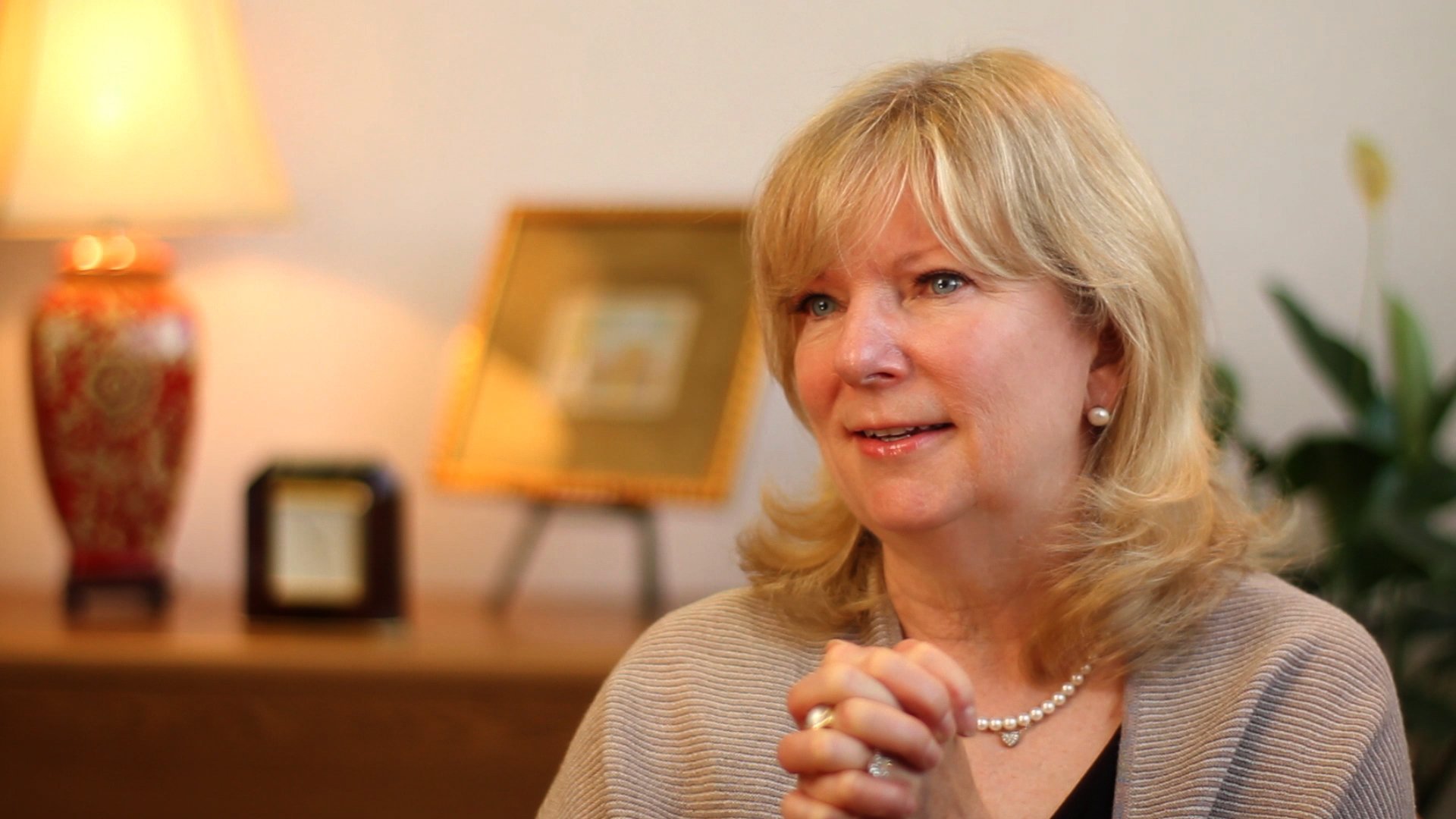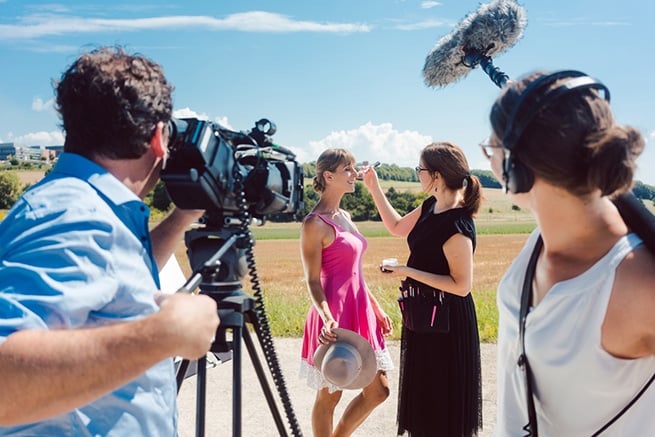Hiring a Professional Videographer: Considerations and Questions
Hiring a professional videographer or video production company to create professional videos can be scary, especially if you don't know what to look...
4 min read
 Ed Heil
:
August 18, 2022
Ed Heil
:
August 18, 2022
Finding the best video interview background is one of the most important parts of the video production process. There are a lot of different elements that go into finding the perfect spot.
As your team prepares to produce a video, one of the production details that can be left until the end is the actual shoot location. Where should you shoot your video? Indoors? Outdoors? Conference rooms? Or rooms with a view?
There are several things you should consider before making this decision and choosing a location for your video interview.
Before thinking about the stylistic approach to your interview setup, make sure you have permission to shoot there! If you’re hoping to shoot in a public place, you will have to check with your local government to get a permit. Also, call ahead of time to make sure that your interview location is available.
When choosing an interview location, it's important that your viewers stay engaged with your video content. Lots of distracting visuals or people moving in and out of your shot can draw the attention away from your core message.
Consider being flexible with your shoot time, and schedule your shoot to be in a space, such as a manufacturing area, when machines will be powered down, and there won’t be as many people talking or moving in the background.
What background do you want behind your interview subject? Make sure it’s relevant to the style and subject matter of your video. Choosing a relevant background can really transport viewers to your location and help them connect the dots with what the user is saying. But remember, you can also use supporting visuals (B-roll) to showcase more specifics about the style and culture of your company.
Choose a big location with some architectural features for added texture. More spacious locations allow your team to set up the shot with a shallower depth of field, giving your video that blurred background effect and minimizing background details, and focusing more clearly on your subject, putting the viewer’s attention on their face.
Don't forget that you are looking for a location that can fit more than just your interview subject. You'll also need room for your video production team and any equipment as well. While you don't want a cavernous, echoey space, it's important to make sure you have enough room for everyone involved!
They may be quiet and available, but there is nothing more boring than a flat wall behind your interview subject. If that’s your only option, shoot at an angle against the wall and try splashing some color in the background by adding a plant or art piece, etc. Another common tactic is to get as much distance as possible between the interviewee and the wall so you can blur out the drab background.
A word of caution with conference rooms, in many cases, they have big conference tables and chairs that can be difficult to move. This can limit the shooter’s options when trying to create an interesting or unique look.
It’s not always best to shoot on a sunny day, despite how tempting it may be. Typically, bright days also mean harsh shadows on the faces of interview subjects. Unless you’re going to blast your subject with expensive lights or use reflector kits, you may want to avoid shooting on those picture-perfect days. Believe it or not, an overcast day is typically a better day to shoot video outdoors.
Once you have found a location that is free from distractions, take a moment to listen carefully. Pay attention to the room tone and ambient noise. It's important to avoid shooting in overly noisy areas unless the background sound fits the message of the piece. In other words, if you’re shooting a piece on manufacturing, you probably won’t mind hearing the natural sound from that environment in the story.
However, if your space has a buzz, hum, or echo, the microphone will pick it up also. There are a few remedies to a loud room tone: First, identify the source of the hum. If the hum comes from a refrigerator, air conditioner, or another device that can be turned off temporarily, do that. If not, pros tackle these issues by using directional microphones, recording room tones for post-production, or using equalizers, but all those require some level of expertise.
What many people may not realize is the strength of sunlight that you see out windows can overpower the light used on the face of an interview subject. Your video production team can help you get great front lighting, but it's not always possible to make the subject look great AND see scenery out a window. In addition to lighting challenges, many people overlook the fact that wonderful views usually look better while standing at the window peering out than they do as a background for an interview. In many cases, what is actually seen is the sky or some buildings in the distance.
If you are planning an outdoor shoot, try to shoot at dawn and dusk, especially in the summer months. The light is more mellow, which creates less harsh shadows, plus it can be much more dramatic! If you can, consider a "Golden Hour" timeframe for your shoot. Golden hour is the hour after sunrise or before sunset where the sunlight is more golden and soft and makes memorable and dramatic lighting for video shoots.
You can never be too prepared. If you do all the hard work before the shoot, you can focus on your interview subject on production day. Selecting the proper locations for your shoot can make a huge difference in the final product, so consult a professional and ask them to do a site check—even if it means spending a little money, you’ll be glad you did!

Hiring a professional videographer or video production company to create professional videos can be scary, especially if you don't know what to look...

The word "interview" often brings to mind images of a TV news anchor asking tough, pointed questions as he tries to get to the bottom of an issue....

You’ve decided to want a video, great! Now what?